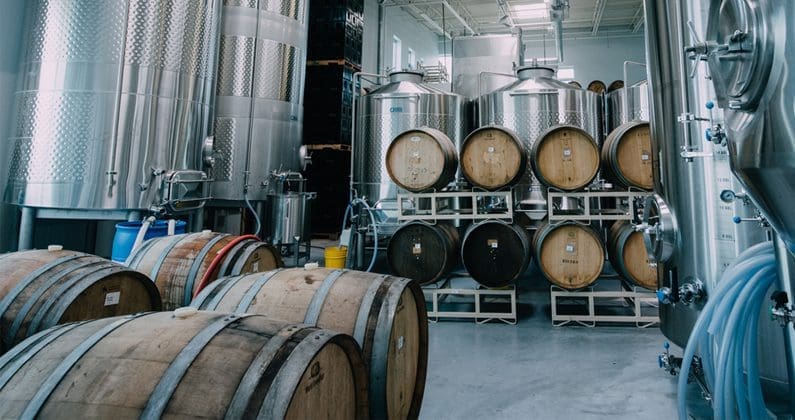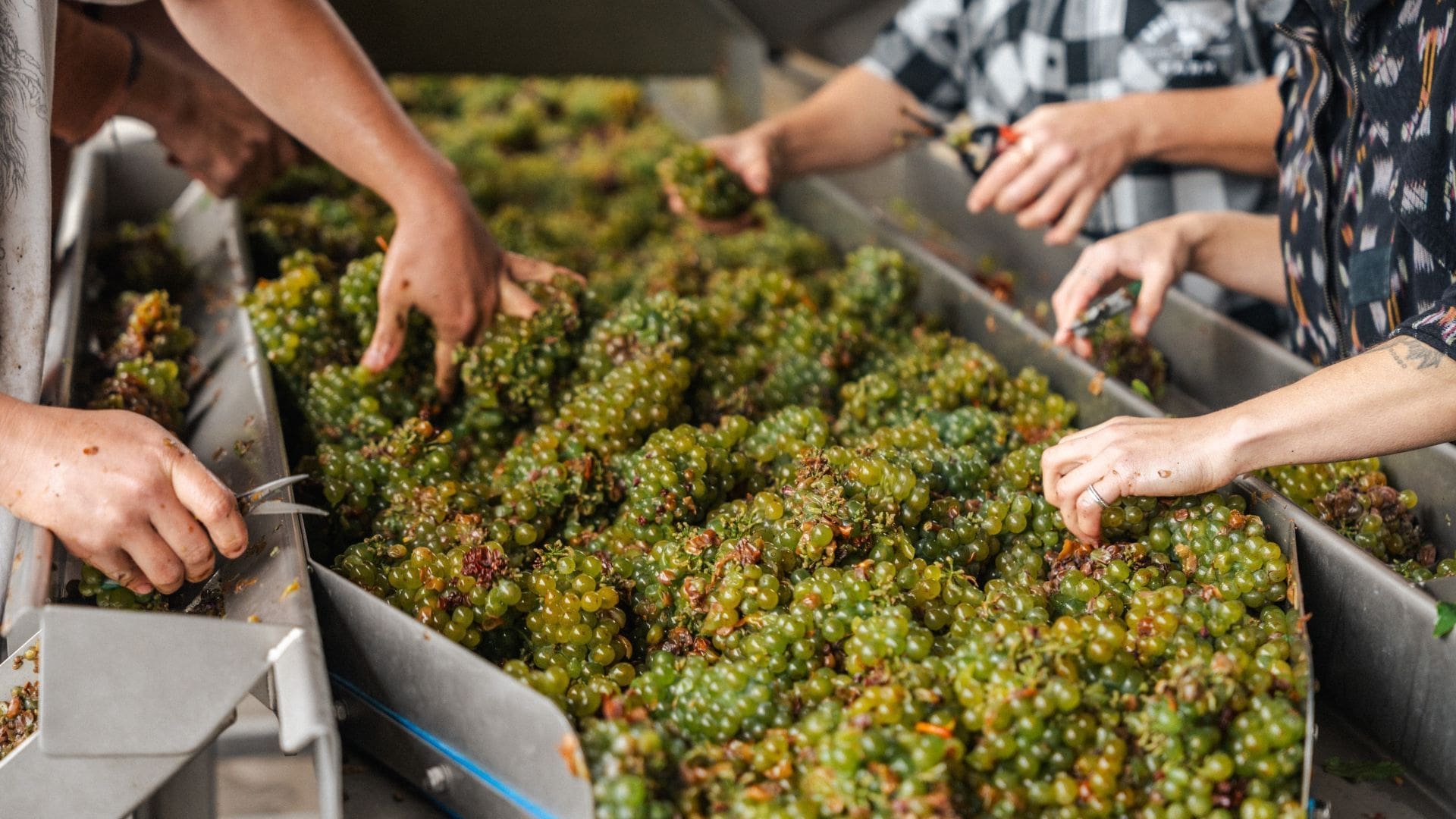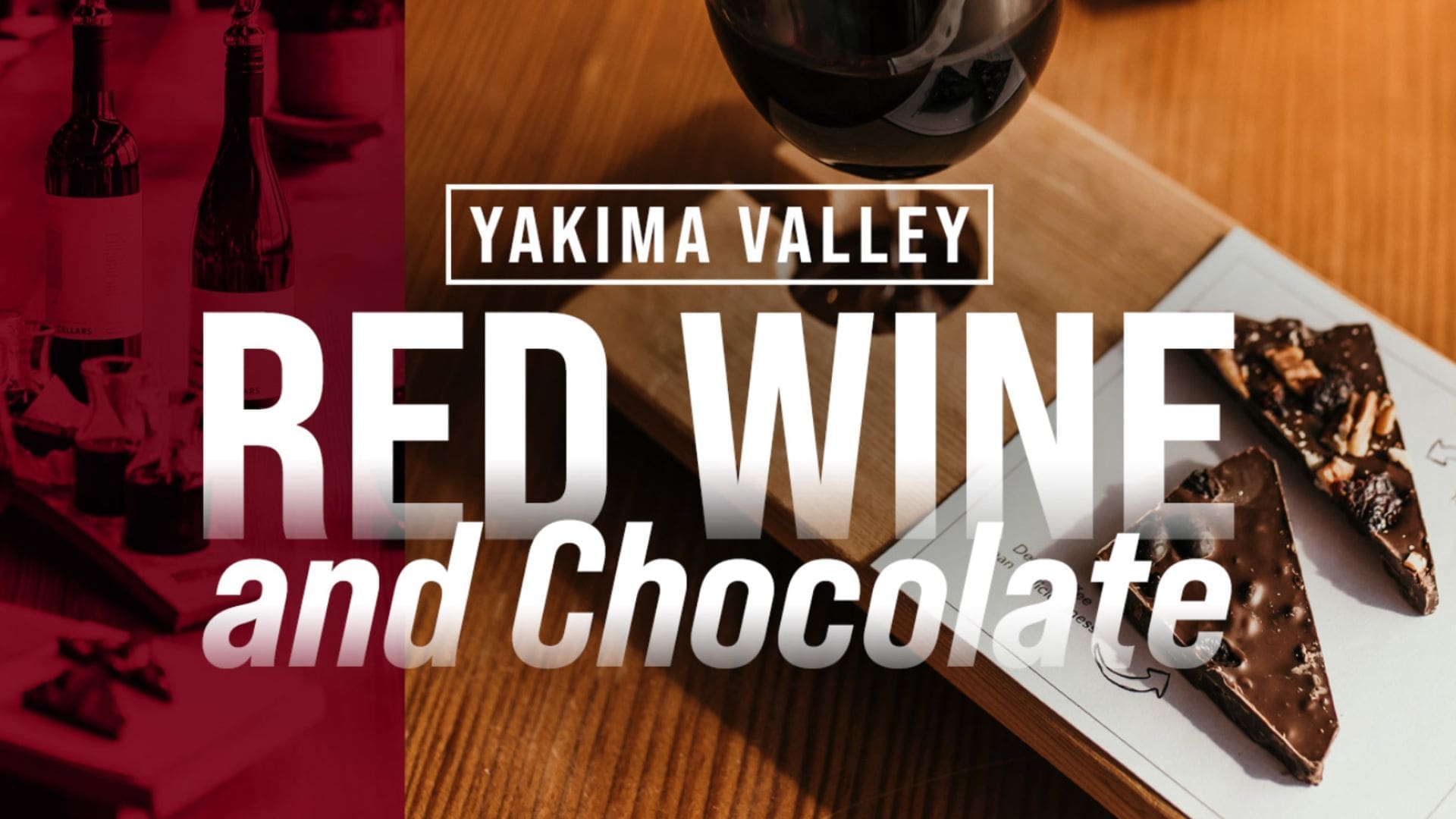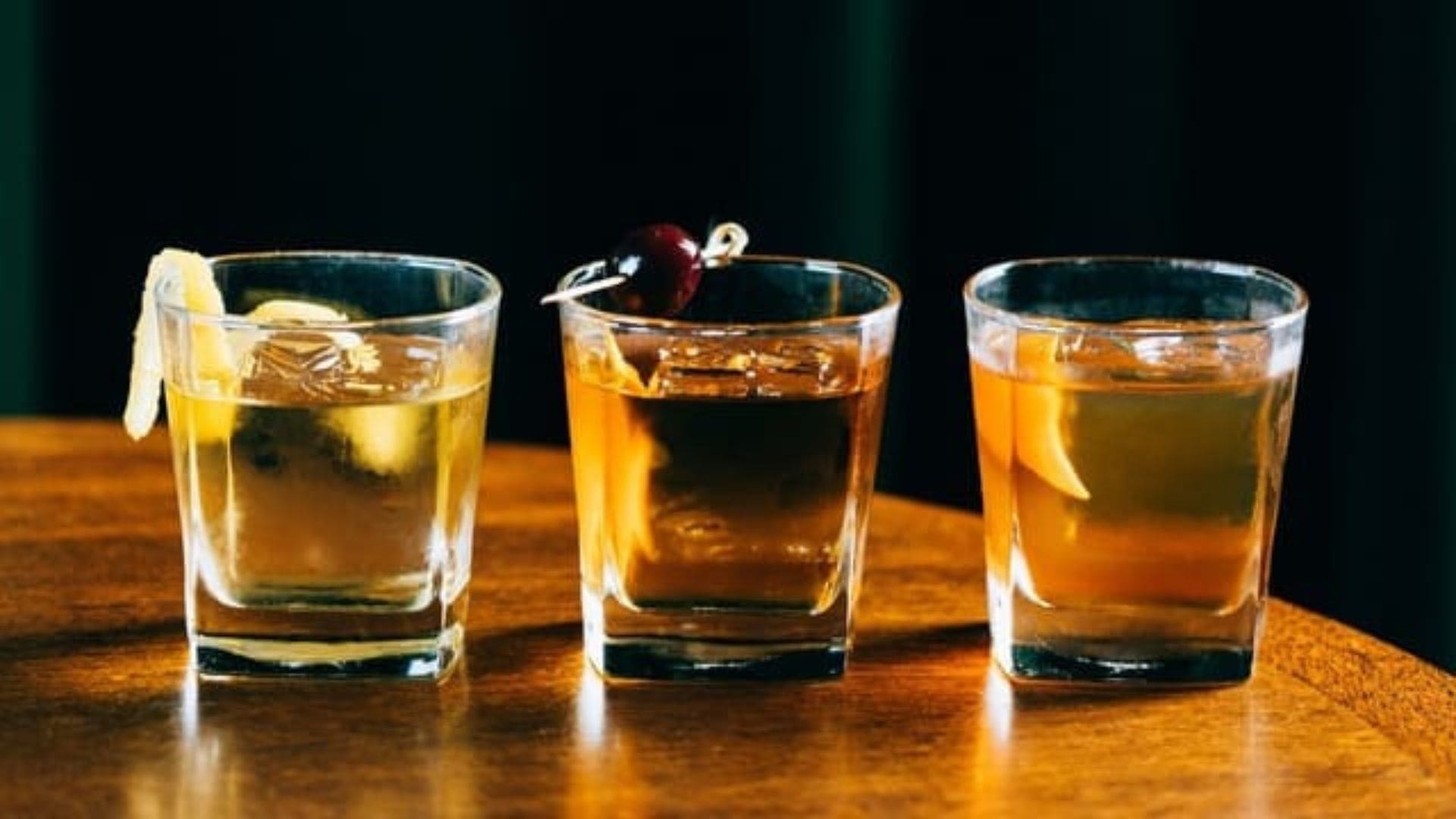When it comes to brewing beer, the world is quite literally at the brewer’s fingertips. From cider-beer hybrids like grafs to bold, fruity sours and bourbon barrel-aged stouts, the possibilities for creativity are seemingly endless.
While there is a multitude of brewing methods to achieve unique flavors and textures in a beer, barrel aging is certainly high on the list. What exactly is barrel aging, and what does it do to a beer? We sat down with Gavin Lord, head brewer at pFriem Family Brewers, to learn more.
What is barrel aging when it comes to beer?
As it turns out, barrel aging was never really meant to intentionally change the style of beer. Barrels originally came about around 300 BC solely for the purpose of solving a storage and transportation issue, providing a better product than the heavy amphorae vessels that were being used to store wine, olive oil, fish and more. As more barrels were utilized for convenience’s sake, it became apparent that something else was happening within the barrel.
“It wasn’t until much later that we realized that we actually preferred beverages stored in this way,” Lord says.
When a beer is brewed and then put in barrel, the length of time it spends in that environment before it’s bottled varies, and it all depends on the style as well. “Over time, the barrel and its contents interact to create new flavors, aromas and tannic structures absent in the original liquid,” Lord adds.
Some of the flavors and aromas barrel aging can impart include notes of vanilla, caramel, dark chocolate, baking spice and fruit. Depending on the type of barrel and the style of beer, it may sit for a bit less than a year, it may be six months or it may spend a few years soaking in the barrel.
How are beers aged in barrel?
When it comes to brewing, or fermented beverages in general, not all beers are put in barrel. However, some breweries have specific barrel-aged beer programs with a heavy focus on incorporating that into their craft.
“I would argue that a big part of what makes our industry so exciting is its willingness to take risks,” Lord says. “So, it’s not uncommon to find brewers utilizing everything from the more common bourbon, rye and red wine barrels to the more esoteric tequila, maple syrup or even hot sauce barrels.”
But as brewers continue to get more and more creative with barrels, there are a few key considerations put in play when it comes to what type of barrel works best with certain styles of beer.
According to Lord, there are two major families of barrel-aged beer. The “clean” family utilizes barrels that shouldn’t have any yeast or bacteria living in the barrel, which allows all of the flavor and aroma to be derived solely from barrel. On the other side of the spectrum, a “mixed culture” is added to in order to sway the flavors or aromas.
“We’re deliberately adding yeast and bacteria to the beer in the barrel that might contribute to flavor and aroma over time,” says Lord. “In this case, the barrel may contribute flavor and aroma, or it may be neutral, meaning that all of the flavor compounds have been removed by the previous contents and it simply provides an ideal environment for our microflora.”
Lord says there certainly is crossover between the two methodologies, but when it comes to choosing the perfect barrel for a brew, spirit barrels such as bourbon or rye barrels are often used for clean beers, such as pFriem’s Bourbon Barrel-Aged Imperial Stout, while wine barrels are used for mixed culture beers such as their Fruited Lambic-inspired or Flanders Red ales.
At the same time, of course, the flavors, aromas and tannic structure imparted on a beer can depend on how old the barrel is, what was housed in it prior, along with its toast or char on the interior.
“Brewers seek to take advantage of these interactions to create a grand total greater than the sum of its parts,” Lord says. “We’re a romantic bunch and like to think there’s also some magic at play.”















